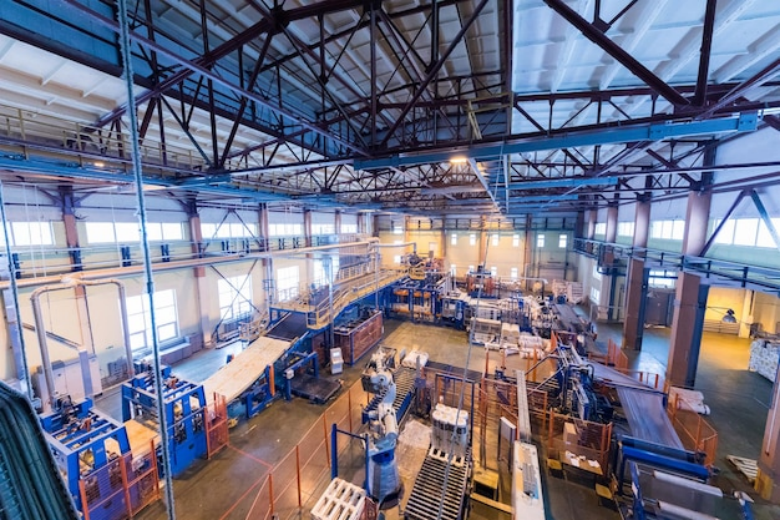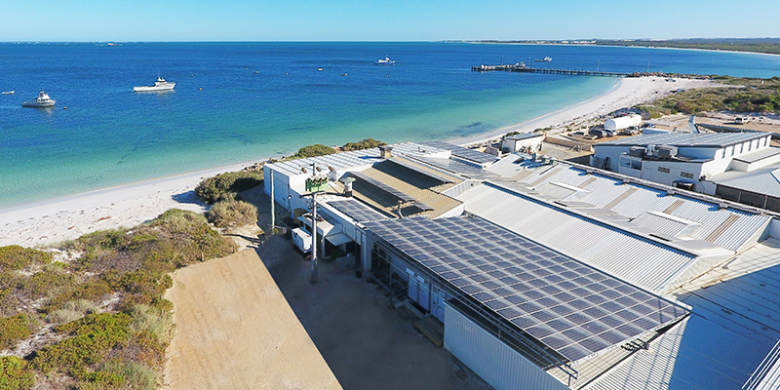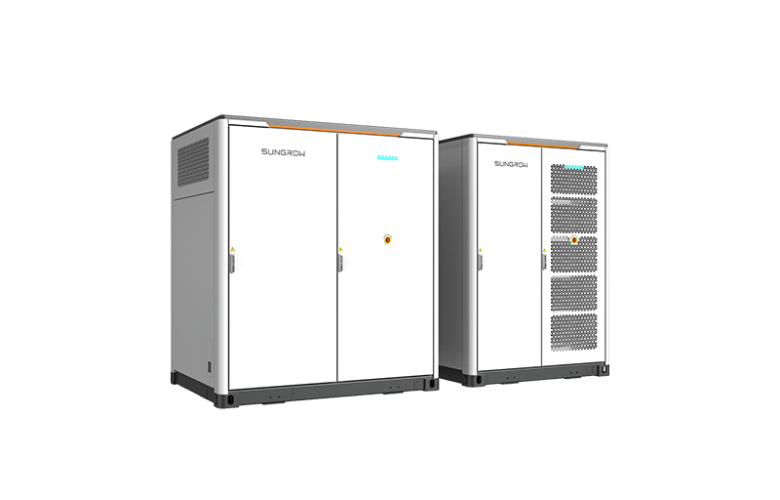As society pivots towards a green and sustainable future, manufacturing units must adapt to modernized energy solutions, like energy storage systems. These systems, particularly Lithium-ion batteries, are a cornerstone for reducing carbon footprint. With energy storage systems, factories can store excess energy from renewable sources for a consistent power supply to mitigate the intermittency of renewable energy and optimize energy consumption during peak demand.
Apart from that, while employing demand response strategies and participating in frequency regulation markets, factories can generate ancillary revenue to enhance the economic viability of incorporating energy storage systems. This kind of transition not only aligns with global sustainability goals but also promotes energy resilience, a paramount consideration in an era characterized by a surge in energy demands and volatility in energy supply.

The Importance of an Energy Storage System
A modernized factory integrates technologies like Artificial Intelligence (AI), Internet of Things (IoT), robotics, and machine learning for real-time monitoring and decision-making. Additionally, modern factories utilize digital twins to create virtual representations of physical assets for predictive maintenance. They also incorporate flexible manufacturing systems that allow for adaptable production lines to accommodate variations in product design and volume. Implementing energy-efficient practices, like utilizing renewable energy sources and optimizing energy consumption, for sustainability and cost-effectiveness is also crucial in modern factories.
Let's emphasize the importance of an energy storage system in each of the following applications.
Automation
In automation, energy storage systems are key to maintaining consistent operations and mitigating interruptions. For instance, while employing ultracapacitors and power stack battery technologies, automation equipment can sustain peak performance during high-demand periods to reduce power fluctuations and outage risk. It is pertinent in robotic assembly lines where precision and reliability are paramount, and any deviation could compromise product quality or safety hazards.
IoT Connectivity
Energy storage is integral to IoT connectivity for uninterrupted data flow and communication between interconnected devices. For instance, deploying energy-harvesting technologies like thermoelectric generators and piezoelectric materials can facilitate autonomous power supply for IoT sensors to extend their lifespan and cut maintenance requirements. It becomes essential in remote monitoring applications, such as agriculture or environmental sensing, where consistent connectivity and data acquisition are vital for timely decision-making and resource optimization.
Supply Chain Integration
In supply chain integration, energy storage systems ensure the unified operation of logistics and inventory management solutions. While using energy storage, RFID tags and GPS trackers can maintain continuous operation for real-time tracking of goods and assets and, consequently, the accuracy and reliability of supply chain operations. For example, in cold chain logistics, where maintaining specific environmental conditions is key, energy storage systems can power climate-control devices to safeguard product integrity and diminish the risk of spoilage or contamination.

The Features of an Energy Storage System
Now, let's explain why an energy storage system plays a fundamental role in transforming your factory production into a modernized one with the following four features.
Energy Optimization and Economy
Implementing a progressive Energy Management System can use Machine Learning algorithms to predict energy consumption patterns and elevate energy usage to cut operational costs. Further, while utilizing high-density energy storage technologies, the system ensures optimal energy utilization and economy to decrease energy wastage and foster a leaner production process.
Continuous Power Supply and Sustainability
Integrating Renewable Energy Sources with an efficient solar energy storage system ensures a constant power supply to cut production downtime due to power outages. Moreover, while using the potential of regenerative braking systems in manufacturing equipment, energy storage systems lead to a circular energy economy, which converts waste energy back into usable forms.
Grid Resilience and Stability
While implementing Flexible AC Transmission Systems and Static Compensators, energy storage systems bolster grid resilience by handling fluctuations and moderating the impact of transient faults. Besides that, in synergy with Advanced Distribution Management Systems, they enhance grid stability while enabling real-time monitoring and control of distributed energy resources. This way, it helps ensure a reliable power supply for the manufacturing process.
Load Management and Peak Shaving
Utilizing Demand Response strategies and Real-Time Pricing, energy storage systems enable dynamic load management to ease the load on the grid during peak times and thus decrease energy costs. What's more, while leveraging Energy Storage Management Systems integrated with IoT devices, they facilitate peak shaving and redistribute stored energy during high-demand periods. Hence, it ensures balanced load distribution and efficient energy utilization.
Choosing an Ideal Energy Storage Systems for Factories

When selecting energy storage systems for factories in harsh environments, consider factors like the system's stoutness, integration capabilities, safety features, and efficiency. The Sungrow PowerStack ST500CP is adeptly engineered to meet these requirements. Its highly integrated design ensures smooth integration with existing infrastructure to minimize installation and functioning complexities. In addition, it incorporates safety mechanisms such as DC electric circuit safety management, fast-breaking, anti-arc protection, and multi-level battery protection layers formed by discreet standalone systems for impeccable safety in volatile environments.
The system's intelligent liquid cooling technology optimizes efficiency. It persists battery cycle life, a needed feature for sustaining performance under harsh conditions. Likewise, the modular design of the PowerStack ST500CP supports parallel connection. It facilitates easy system expansion, which offers a scalable solution that can adapt to the rising energy needs of the factory. Lastly, fast state monitoring and integrated battery performance logging confirm the timely detection and fault resolution for incessant operations in challenging industrial scenarios.
Conclusion
In conclusion, the adoption of energy storage systems is essential for modern factories building up their fleet of automatic manufacturing and supplying chains. Sungrow emerges as a top recommendation for energy storage solutions. Our proven track record in delivering efficient, reliable, and innovative technology sets us apart. Sungrow's energy storage systems empower factories to enhance energy efficiency, lower expenses, and contribute to a sustainable future by integrating renewable energy sources. Additionally, these systems provide grid support during peak demand and emergencies, enhancing overall resilience. Embrace Sungrow's energy storage solutions to secure a successful future for your factory, optimizing energy management while making a positive impact on the environment.